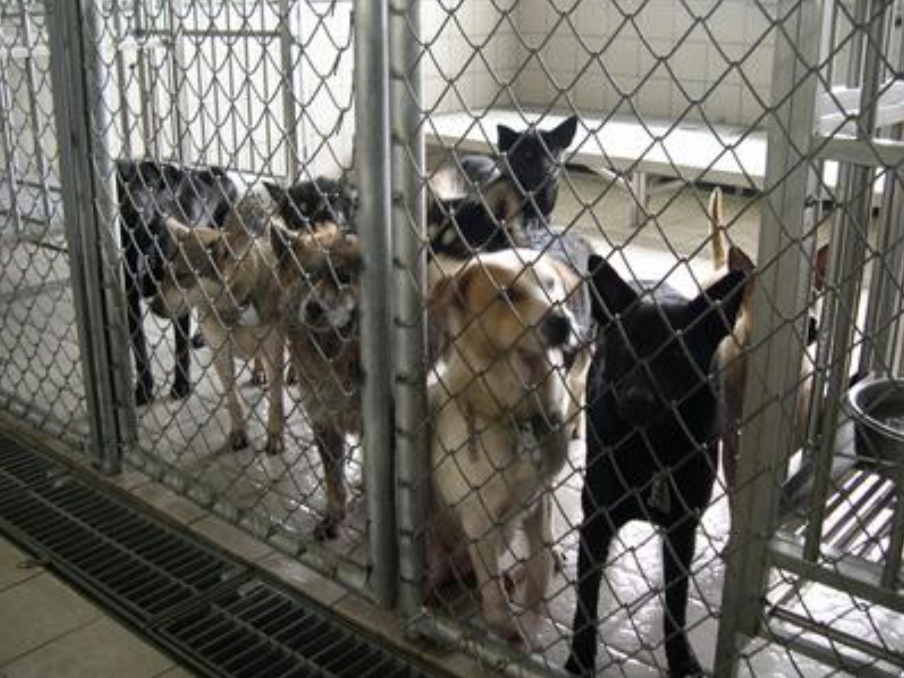Taiwan officially implemented a “zero-culling” policy in February 2017, becoming the second region in Asia after India to stop disposing of stray dogs humanely, but after six years of implementation, the total number of stray dogs has approached 160,000, and accidents involving car chases, human chases and injuries occur from time to time in places where dogs congregate. This has led to disputes between wildlife conservationists and animal protection groups, with radical wildlife conservationists even advocating the reintroduction of culling policies.
After a heated conflict between wildlife conservationists and animal protection groups, a consensus was gradually reached that stray dogs should not be allowed in wildlife habitats, so-called “ecological hotspots”, and that the government should therefore select the main habitat of wildlife animals as a part of the trial stray dog removal programme.
Some animal protection groups are considering that these stray dogs are used to being free and cannot adapt to living in cages, and they hope to gradually transform Taiwan’s shelters.
The animal protection groups are calling for no cage-free shelters, which are of course fenced off from the outside world and even designed with double walls and double doors to prevent dogs from escaping. This sounds ideal, but it requires a huge area of land and there is no precedent in Taiwan. There is a lot of uncertainty.

The Big Dog Ranch Rescue, which opened in Alabama in September 2022, is an example of a 100-acre site with 16 buildings and a large grassy area that can accommodate an estimated 5,000 dogs a year. In fact, it was originally a dog training facility, and the buildings were already in place and could be used with only minor adaptations. It seems that the most convenient way to create a cage-free shelter in Taiwan would be to renovate unused spaces such as abandoned schools and factories.
What exactly will Taiwan’s cage-free shelters look like? According to the timeline, it will be revealed in July this year.

